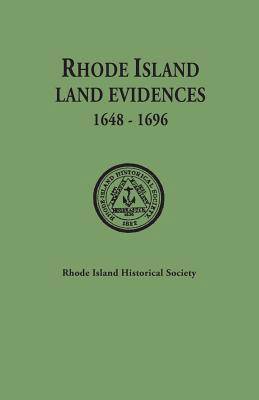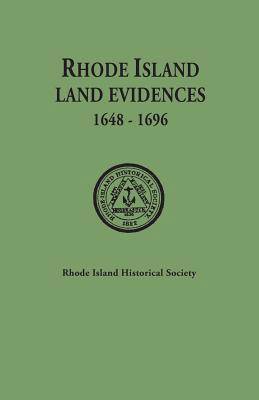
- Afhalen na 1 uur in een winkel met voorraad
- Gratis thuislevering in België vanaf € 30
- Ruim aanbod met 7 miljoen producten
- Afhalen na 1 uur in een winkel met voorraad
- Gratis thuislevering in België vanaf € 30
- Ruim aanbod met 7 miljoen producten
Zoeken
€ 52,95
+ 105 punten
Omschrijving
In the office of the Secretary of State for Rhode Island are housed four ancient volumes of deeds which bear the title Rhode Island Land Evidence. They contain a great variety of deeds, including a few from Providence, many from Newport, and many from the various parts of Washington County. There is no particular arrangement to the deeds, and often early deeds are recorded with later instruments relating to the same piece of land, apparently to strengthen the title. In 1921, a committee of the Rhode Island Historical Society published the oldest of the four books of Land Evidences, spanning the years 1648-1696, and it is here reprinted by Clearfield Company. In all, 445 documents are transcribed in the volume, a number of them taking the form of wills, powers of attorney, indentures, agreements, settlements, ship protests, and assignments. Typically, the land evidences furnish the names of the grantor, grantee and witness, a description of the property (often with the names of owners of adjacent properties), the date of the sale, and, frequently, the name of the spouse, widow, or children of the parties to the transaction. Each document is indexed at the back of the book under the names of the grantor and grantee, and, in all, the work refers to several thousand inhabitants of the Rhode Island Colony in the 17th century.
Specificaties
Betrokkenen
- Auteur(s):
- Uitgeverij:
Inhoud
- Aantal bladzijden:
- 278
- Taal:
- Engels
Eigenschappen
- Productcode (EAN):
- 9780806303918
- Verschijningsdatum:
- 18/03/2014
- Uitvoering:
- Paperback
- Formaat:
- Trade paperback (VS)
- Afmetingen:
- 140 mm x 216 mm
- Gewicht:
- 322 g

Alleen bij Standaard Boekhandel
+ 105 punten op je klantenkaart van Standaard Boekhandel
Beoordelingen
We publiceren alleen reviews die voldoen aan de voorwaarden voor reviews. Bekijk onze voorwaarden voor reviews.











